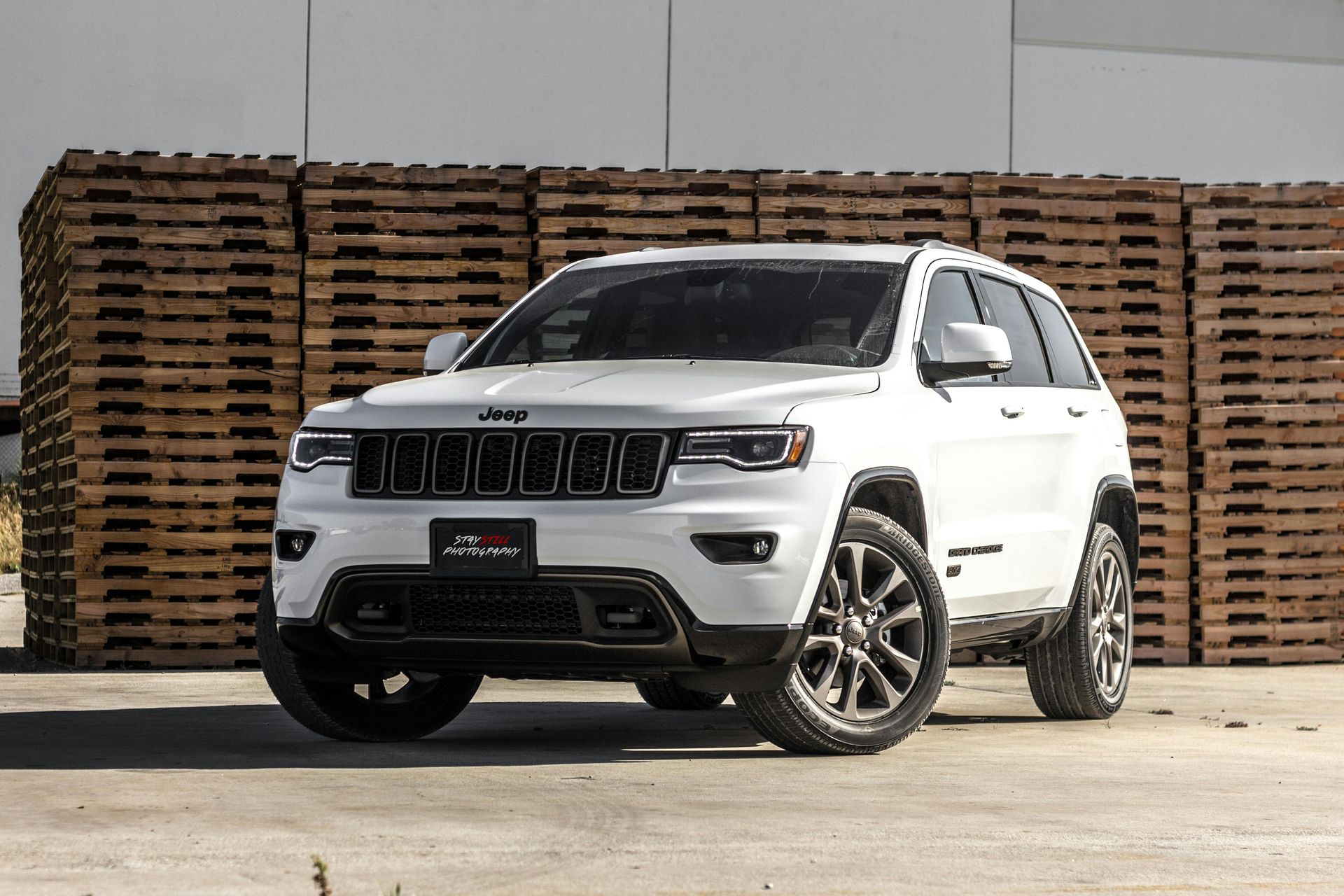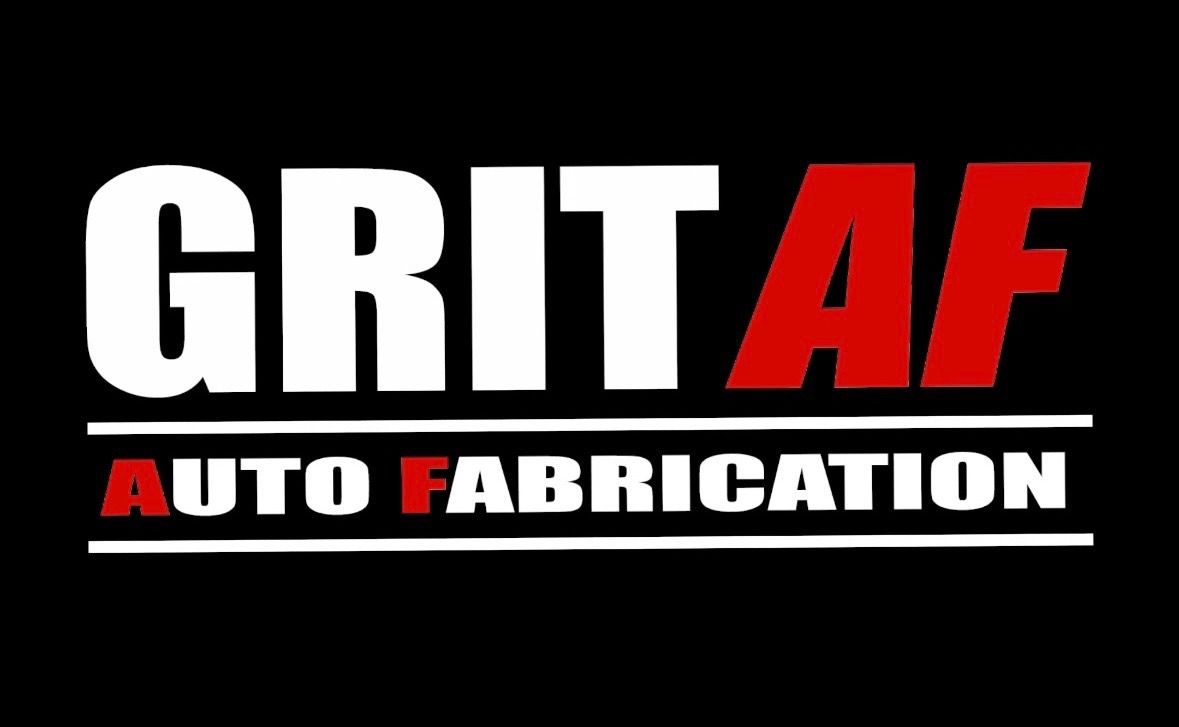Revival Package Deals
The goal in this stage is to safely get the engine running, warmed up, and establish a baseline for the vehicle’s condition. This includes:
- Getting the engine to start and bringing it up to operating temperature.
- Performing a compression check to evaluate cylinder health.
- Turning the engine over carefully before sustained running.
- Flushing and replacing all critical fluids (coolant, oil, gasoline, brake fluid if needed).
- Inspecting and/or replacing ignition components: spark plugs, wires, distributor, cap, and rotor.
- Checking belts for wear and replacing if needed.
- Verifying battery condition, fuel pump, and fuel filter function.
Stage 1 – Initial Start-Up & Baseline Check


Stage 2 – Heat Cycles & Road-Ready Prep
After 3–5 proper heat and cool cycles, the focus shifts to ensuring the car can operate safely and reliably on the road:
- Inspecting and replacing gaskets, hoses, and fuel/vacuum lines as necessary.
- Checking tires for dry rot or uneven wear; replacing if needed.
- Inspecting and servicing the steering system.
- Servicing the brake system (pads, rotors, lines, master cylinder).
- Checking suspension components: shocks, struts, bearings.
- Performing wheel alignment to ensure proper tracking.
- Once this stage is complete, the car is typically ready for the customer to pick up and start driving.
This stage covers what surfaces after the car has been driven and used in real conditions. The purpose is to resolve issues that can’t always be caught during static checks or limited shop driving. This usually includes:
- Monitoring for leaks (oil, coolant, transmission, brake fluid, power steering).
- Checking drivability concerns (hesitation, stalling, hard starts, idle quality).
- Evaluating electrical integrity (alternator output, charging system, lights, gauges).
- Listening for noises/vibrations that indicate bearing wear, exhaust leaks, or driveline imbalance.
- Inspecting undercarriage and frame for stress points or overlooked corrosion.
- Addressing customer feedback after initial use.
- Making final adjustments to ensure the vehicle is reliable, roadworthy, and tailored to the customer’s intended use.
Stage 3 – Integrity & Long-Term Reliability

